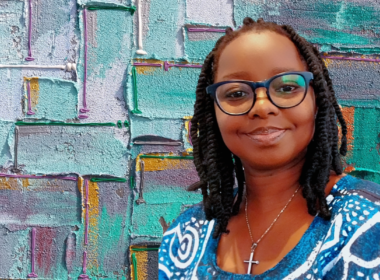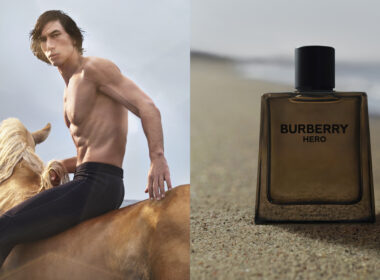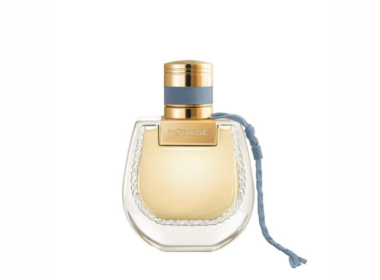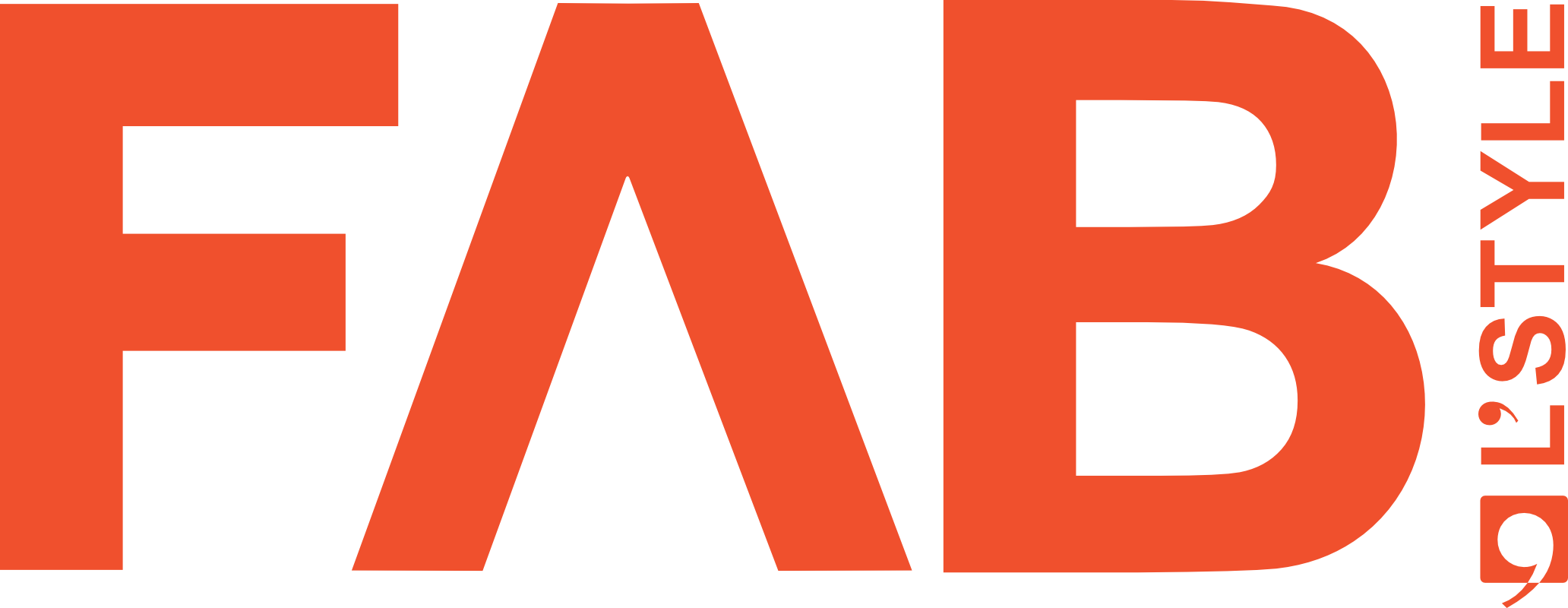A chat with Yannik Knorn, Best Sustainability Award Winner
Drawing inspiration from personal experiences and cinematic references, Yannik Knorn’s designs exude a sense of individuality. Having worked with esteemed brands like Walter Van Beirendonck, Yannik Knorn brings a touch of high-fashion finesse to his creations. His remarkable talent recently earned him the prestigious Neo Fashion Award for the best sustainable concept at the Berlin Fashion Week 2023, outshining fellow graduates from across Germany. In this interview, we delve into Yannik’s unique design philosophy, his passion for sustainability, and the profound influence that has propelled his success in the fashion world.

FAB: Let’s talk about your collection at the Neo Fashion Awards “Don’t Worry Mum, I Know All About Cannibalism”. It won you an award for the best sustainable concept. Can you share some of the inspiration behind the collection and how sustainability plays a crucial role in your creative process?
Yannik Knorn: It is my bachelor’s thesis, which I developed during my time at the university (Hochschule Hannover). My main inspiration was “The Shining” by Stanley Kubrick, a horror movie from the 1980s about a family who spends the winter in an abandoned hotel. I wanted to explore the horror theme in my collection in an ironic way. Aesthetically, I played a lot with the interior of the hotel in general—for example, the colours of the rooms, wallpapers with floral patterns, and different kinds of furniture. Asking myself what sustainability means to me, I came to the conclusion that there’s no real sustainability in fashion because we already have enough clothing. My main focus is that you have to appreciate each piece of clothing. You should buy less and appreciate the things you already own.
***Food for Thought: Fashion: Show or Show-Off?
It is also important to try to create something timeless, like many designers from the 1980s and 1990s did. They made collections that have lasted until now, so I was thinking about doing pieces that will still be worn in 30 years from now.

My goal is to make everything wearable and also to take shapes that have been in fashion for a long time and do something innovative with them. A lot of fashion these days is based on trends that are forgotten in a year. There’s also a lot of costume-looking clothing around, especially by fashion students, which is not very suitable for the streets. In my position as a designer, I think I have to make a product that’s wearable for people on the streets but allows itself to be special in some ways. For example, I tried to work with geometrical shapes. You can see it in the pictures of my editorial shoot. It’s really like a square of fabric with a shirt constructed into the square, leading to minimal waste of fabric. When you wear it, it looks like a normal shirt. Due to its simple form, it can also be used as an art object for pieces of furniture, e.g., as a tablecloth. When choosing my fabrics, I attach great importance to the longevity of the material. But since the shape of the garments is so simple, it can be implemented with almost any fabric, even leftovers.

FAB: Tell us about that specific moment in your life that had an impact on your choice to become a fashion designer.
Yannik Knorn: I am from a really small town, and where I lived, there was really no interest in fashion at all, but my grandmother was a seamstress. She showed me how to work the sewing machine, and I was always interested in arts and design in general. I also made a lot of creative stuff when I was younger. After finishing school, because I didn’t know there were opportunities to study fashion design, I started to do economics, and it was so boring.
In the meantime, I was always working on t-shirt designs. I thought to myself that I couldn’t do economics for my whole life, so I informed myself about opportunities in the fashion industry and found the university in Hannover. So I just enrolled in it, and it worked out perfectly fine. I was confronted with a whole new city and a lot of new people. It was the best experience I’ve had in a long time. I was super happy going to university every day, and it was the best decision of my life to live out my passion in that way.

FAB: Your designs are gender fluid. How do you approach designing for both genders while maintaining a cohesive and distinct aesthetic that reflects your own artistic vision?
Yannik Knorn: When I start, I generally don’t design finished looks. It is always a process of thinking about different product groups. For example, if I want to make a bomber jacket, some t-shirts, and some shorts, I design everything in the same colour scheme or material range. I end up with a whole wardrobe of clothes that I then style. Because of this, there is a mix of womenswear and traditional menswear, and I think through that mix I can create unisex fashion. The geometric shapes I have used in my collection are not tailored to any specific body type. It suits everyone. I tried the shirts on people of different sizes, and they looked good on everyone. For me, it is important to design clothes for a large audience because a young fashion approach is often followed, especially with student collections. I think it’s always important to create something that appeals to young and old alike.
In my opinion, there are already too many brands, and I don’t think we need a lot more
Yannik Knorn

FAB: You’ve worked with esteemed brands like Walter. It must have been an incredible experience for you. How has your time in high-fashion surroundings influenced your design philosophy? Are there any valuable lessons you’ve learned during your time with Walter?
Yannik Knorn: Walter is a great person. It was like meeting one of my idols when I started there. It was a great experience. The team is really small; I did not imagine it to be that small. So it was really personal to work with everyone. We worked with Walter from eye to eye. It was really helpful to see how an experienced person works in the industry. We got to learn the processes, we did a lot of graphic stuff for the collection, and we went to Paris for fashion week. After that, I had a whole different view of fashion in general. I knew how high fashion worked. When you start fashion design, you’re very naive; you don’t know exactly how it works. You dream of a fashion system that is too good to be true. In the end, I was able to get a really realistic view of the current state of fashion.

FAB: How do you envision your designs contributing to the global fashion landscape and representing German creativity and innovation on the international stage?
Yannik Knorn: To be honest, for me personally, I do not want to bring out my own label. My main interest is to be a teacher one day. I will do my master’s and try to work at a university in the future. I want to teach younger people the stuff that I was able to learn. Before then, I want to gather experience in the high fashion industry. It was interesting for me to work with a brand like Walter.

In my opinion, there are already too many brands, and I don’t think we need a lot more. We should lead those already-existing companies to create something more innovative and sustainable. I would say a lot of these sustainable pieces are for privileged people. If you’re producing clothes in low quantities, it’s really expensive, and of course, sustainability is not affordable for everyone. I don’t want to point fingers at someone who is not able to buy the most sustainable piece of clothing. Instead, we should teach them how to handle fashion in a more sustainable way through their own consumption. In the end, we should make it more affordable for us to involve all parts of society. Stay informed, Sustainability For Beginners. 3 Major Things You Can Do.
FAB: How do you stay ahead of the curve and continually explore innovative ways to integrate eco-friendly materials and processes into your own collections?
Yannik Knorn: When doing a sustainable collection, you should reflect on your own relationship to fashion. As I already said, for me, there is no real sustainability in fashion. My main effort with sustainability is to criticise consumption in general. I am not a guy who looks into the most sustainable fabrics or the most sustainable way of bringing things together. I’m more about making a statement about how we should consume fashion in general. The jury said to me that my collection is very mature and can be produced easily; it’s easy to access for different people.
The patchwork jacket that we talked about earlier is like a concept that everybody can do by themselves at home. It’s made out of blankets. It can be easily adapted for everyone. With the patterns that I created, you can translate them to any kind of fabric. You can go on and use old fabric that you already have at home or go to the fabric market and buy some good-quality materials. In the end, I just want to teach people how to handle fashion in a more reflective and responsible way.

FAB: From your own exhibition and your time in school, what have you learned about how to balance the very delicate line between commercial viability and ensuring your own voice?
Yannik Knorn: In your studies, you can express your creativity in an easy way. There is no place where you are able to work as freely as at the university. My teacher, Prof. Johannes Assig, was really keen on showing us how to design fashion that also works in sales. He taught me how to achieve an industrial standard in the manufacture of clothing. As for production, we have a great sewing department, and we learn how clothes are created from start to finish. I also like to look into fashion that already exists. For example, when I created the parka in my collection, I took an old parka of mine and looked into the construction and sewing details. I tried to reflect on the existing model, think about what’s good for me about the piece and what’s not good for me, and try to improve it through my own designs.

Fun Zone: #Fabl’styleFastFive
- FAB: What’s your favourite fashion brand?
Yannik: It doesn’t exist anymore. Raf Simons
- FAB: Cheese or Butter
Yannik: Cheese
- FAB: Your current favourite playlist?
Yannik: Anything with Frank Ocean
- FAB: What’s the one movie you can watch over and over again?
Yannik: The Shining
- FAB: Football or Basketball?
Yannik: Football.











